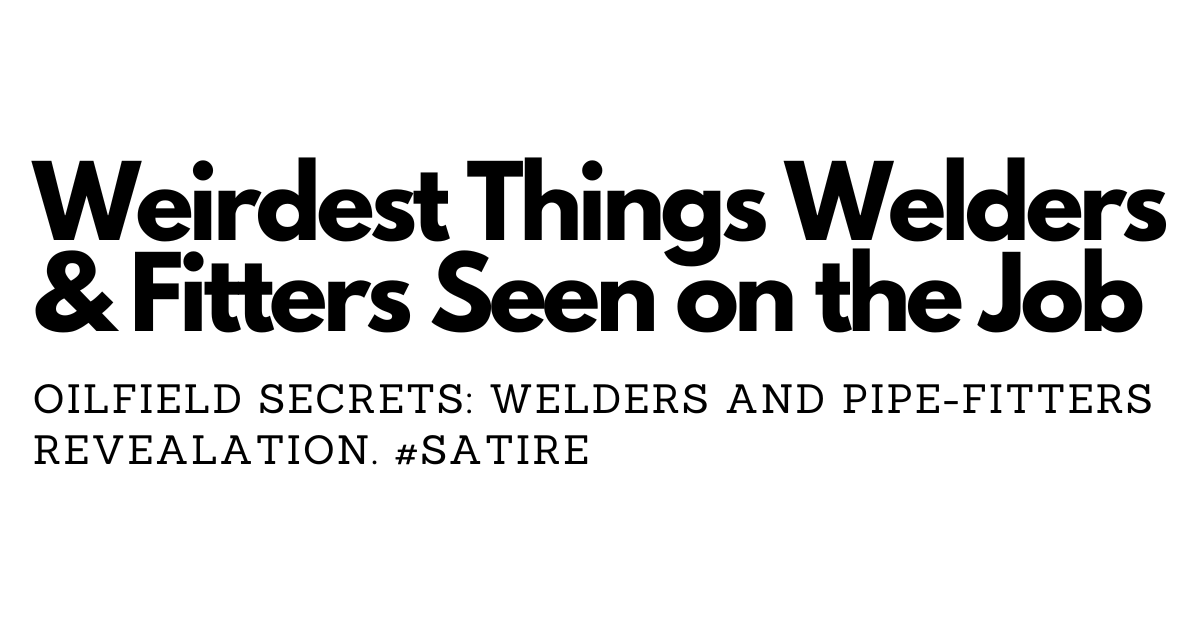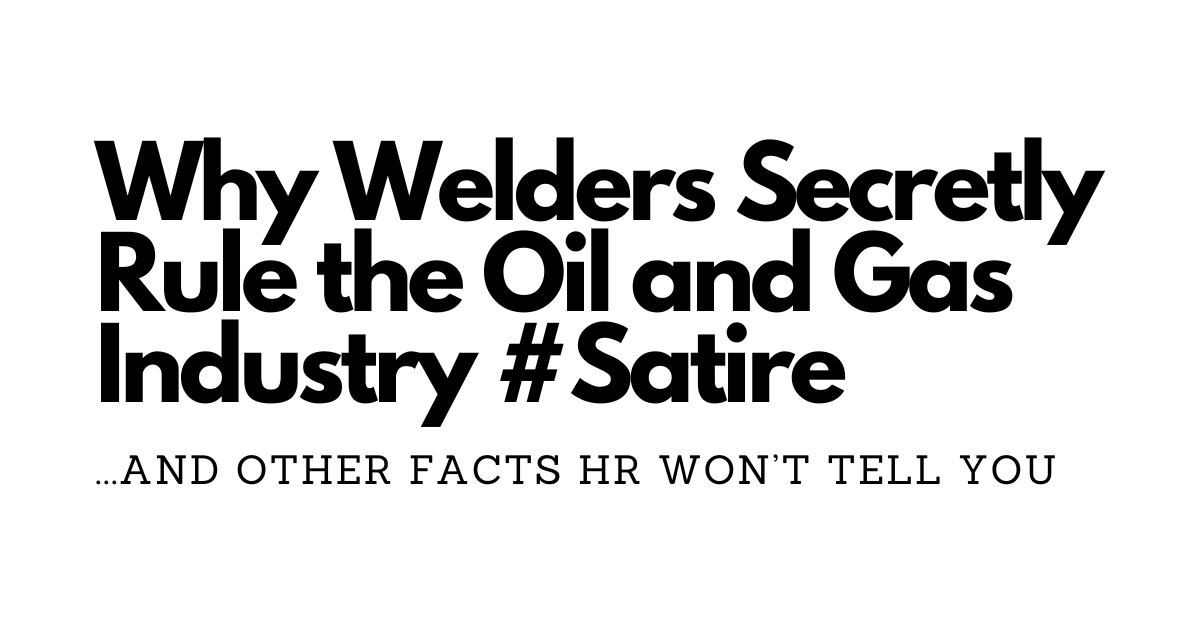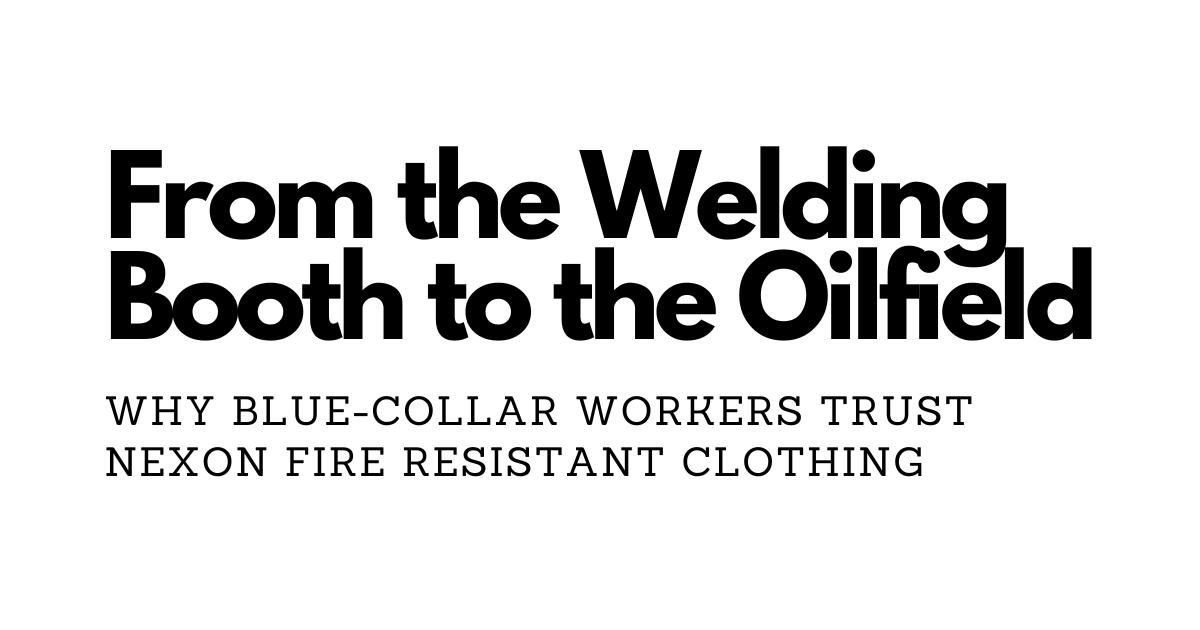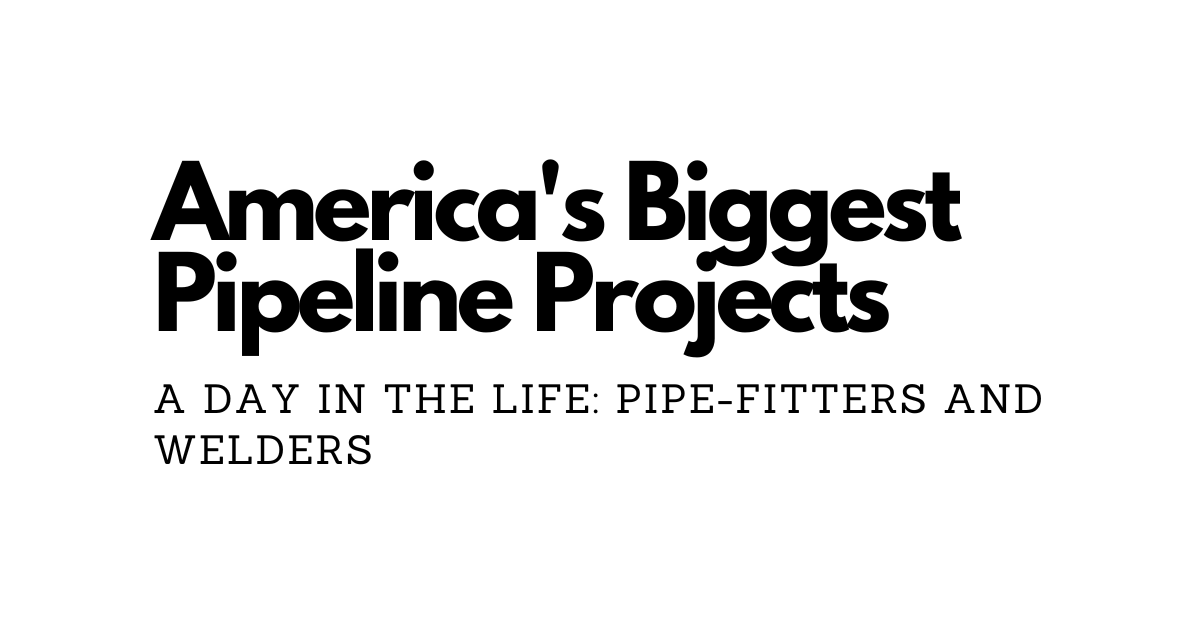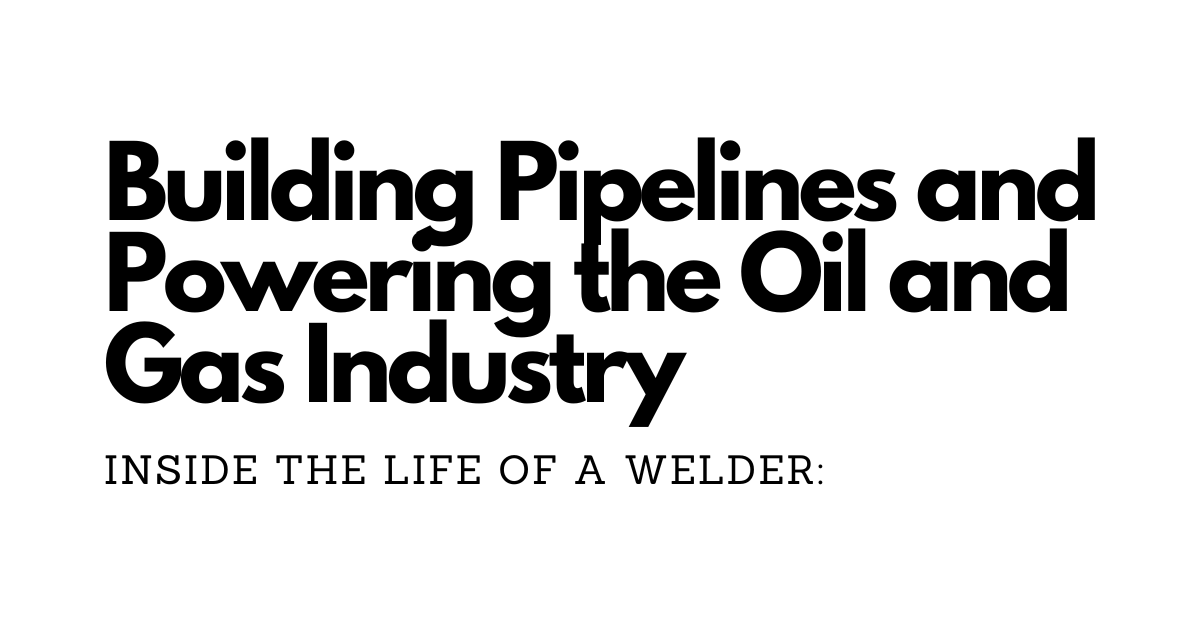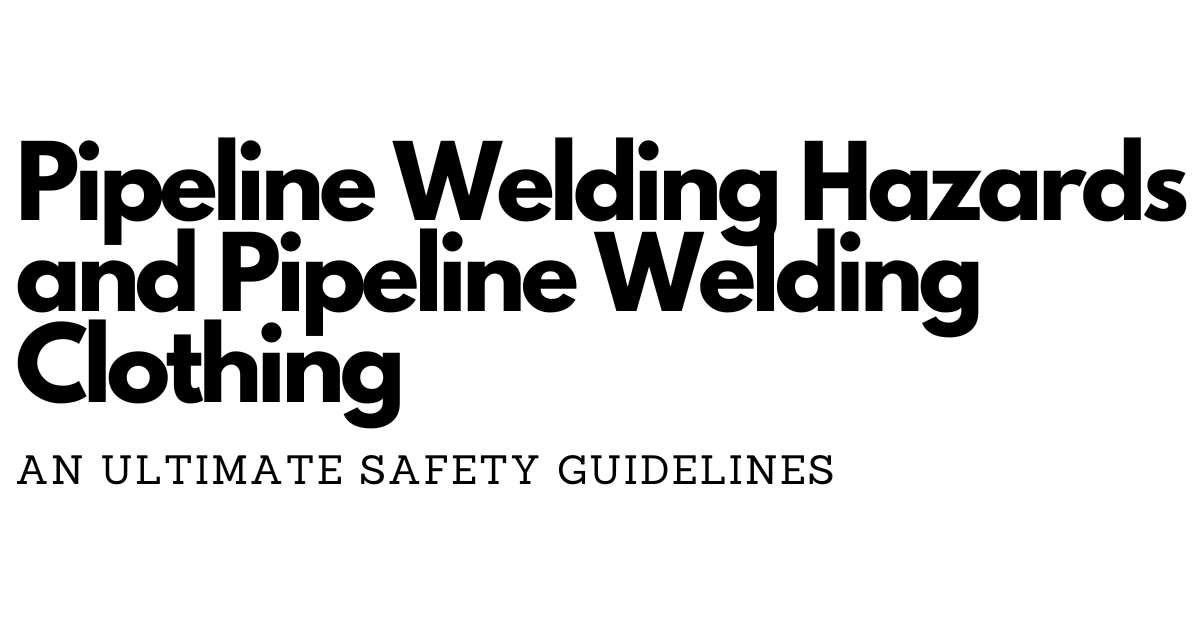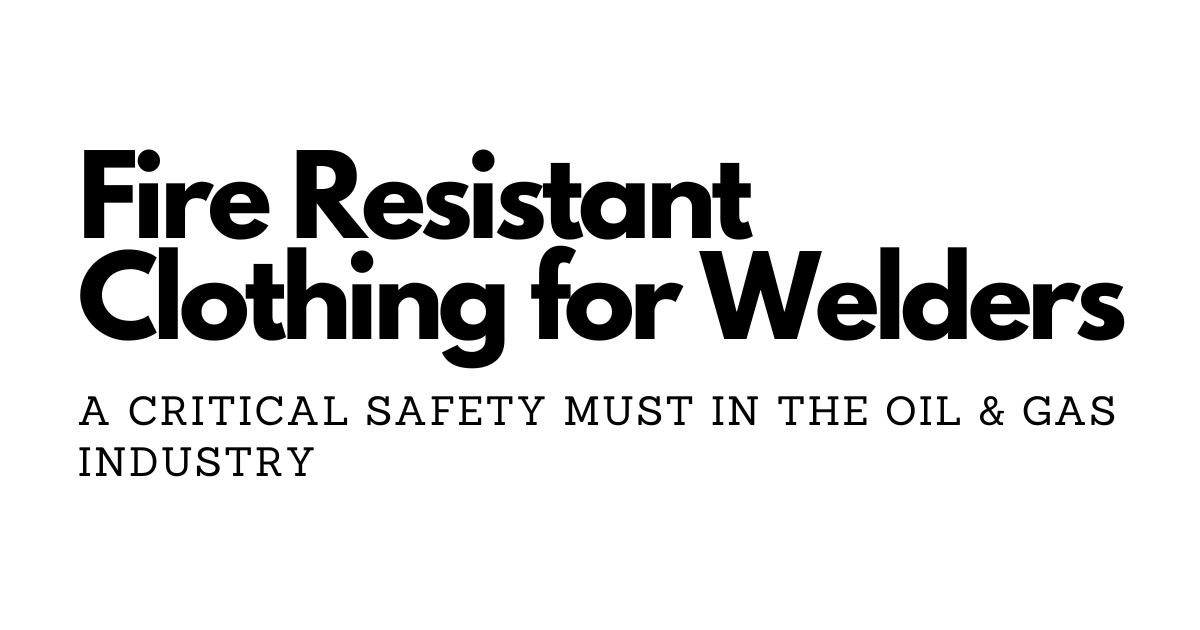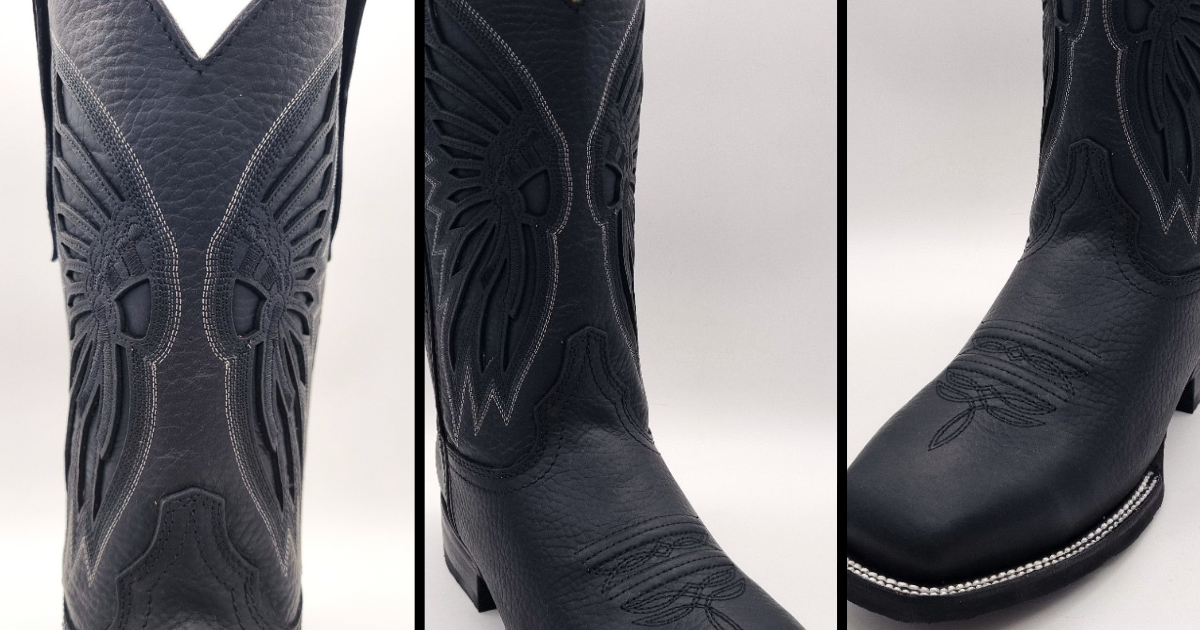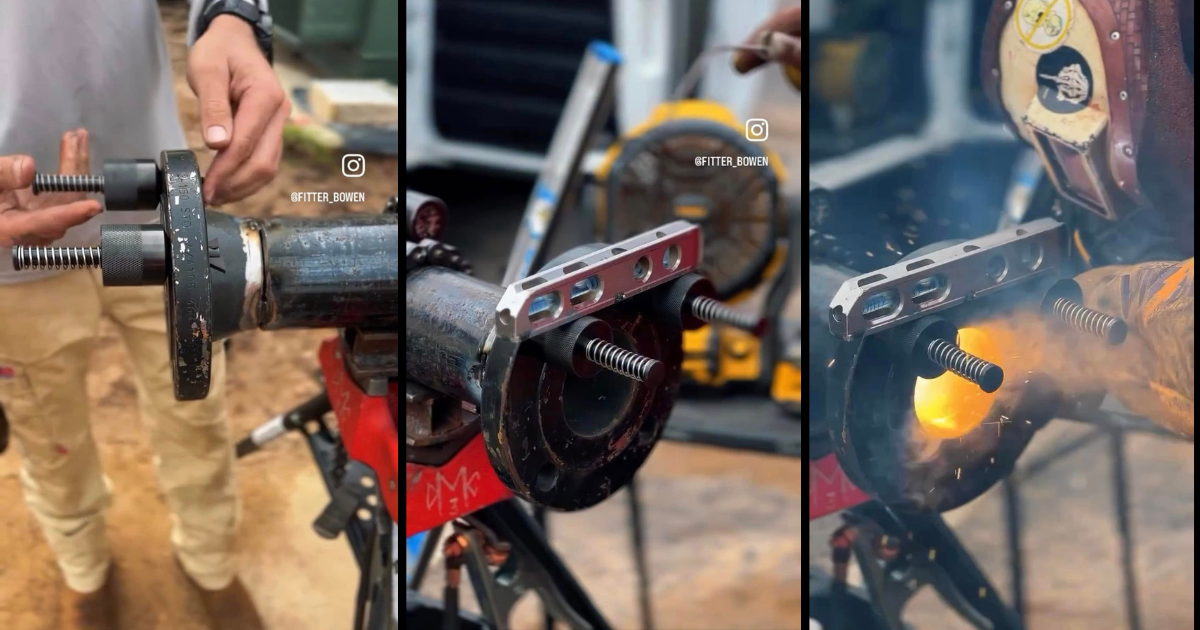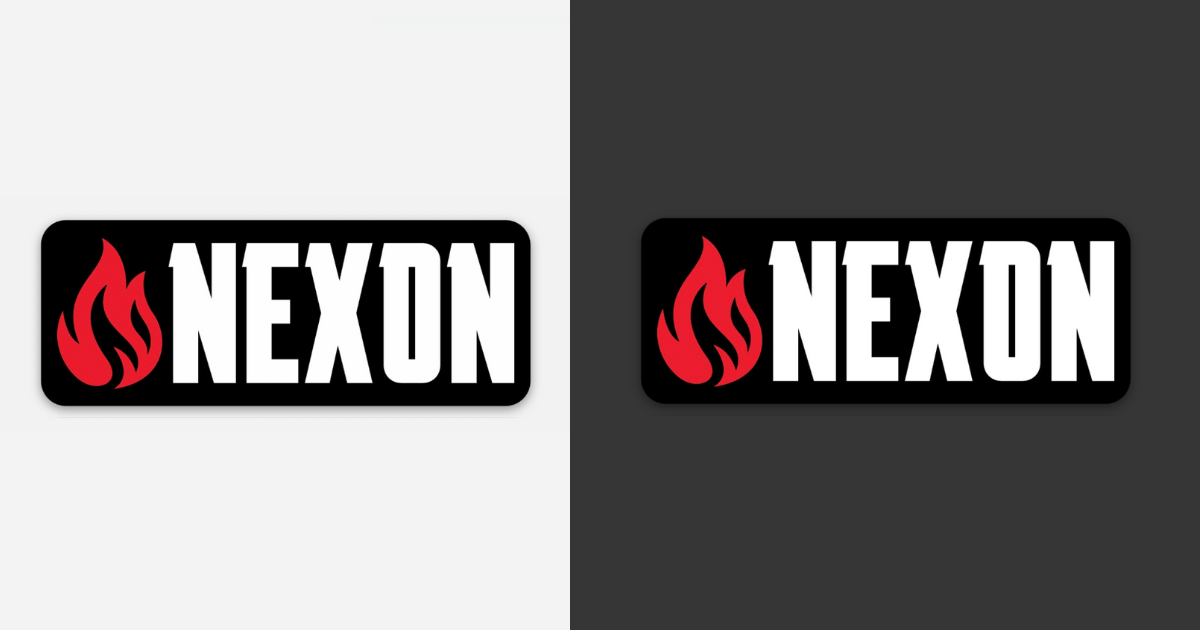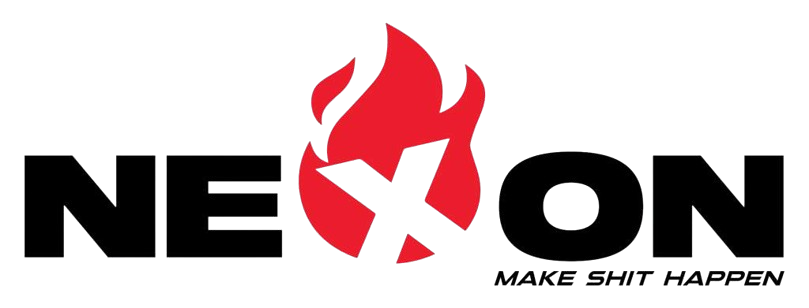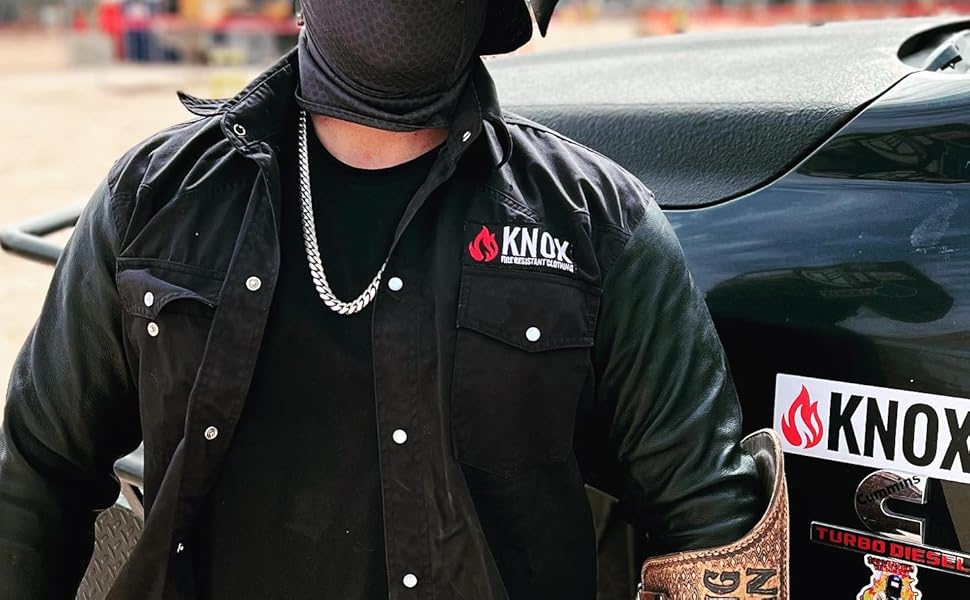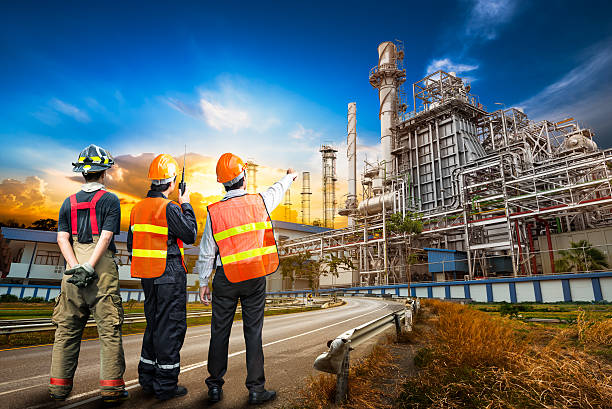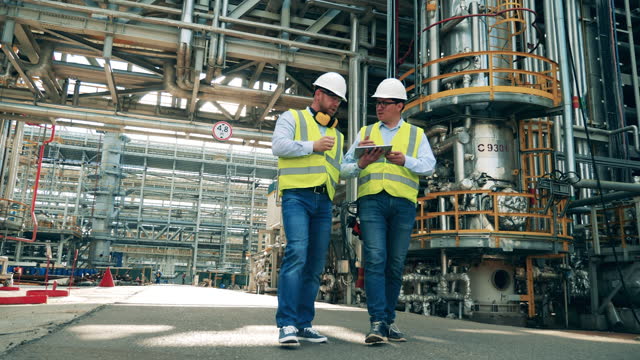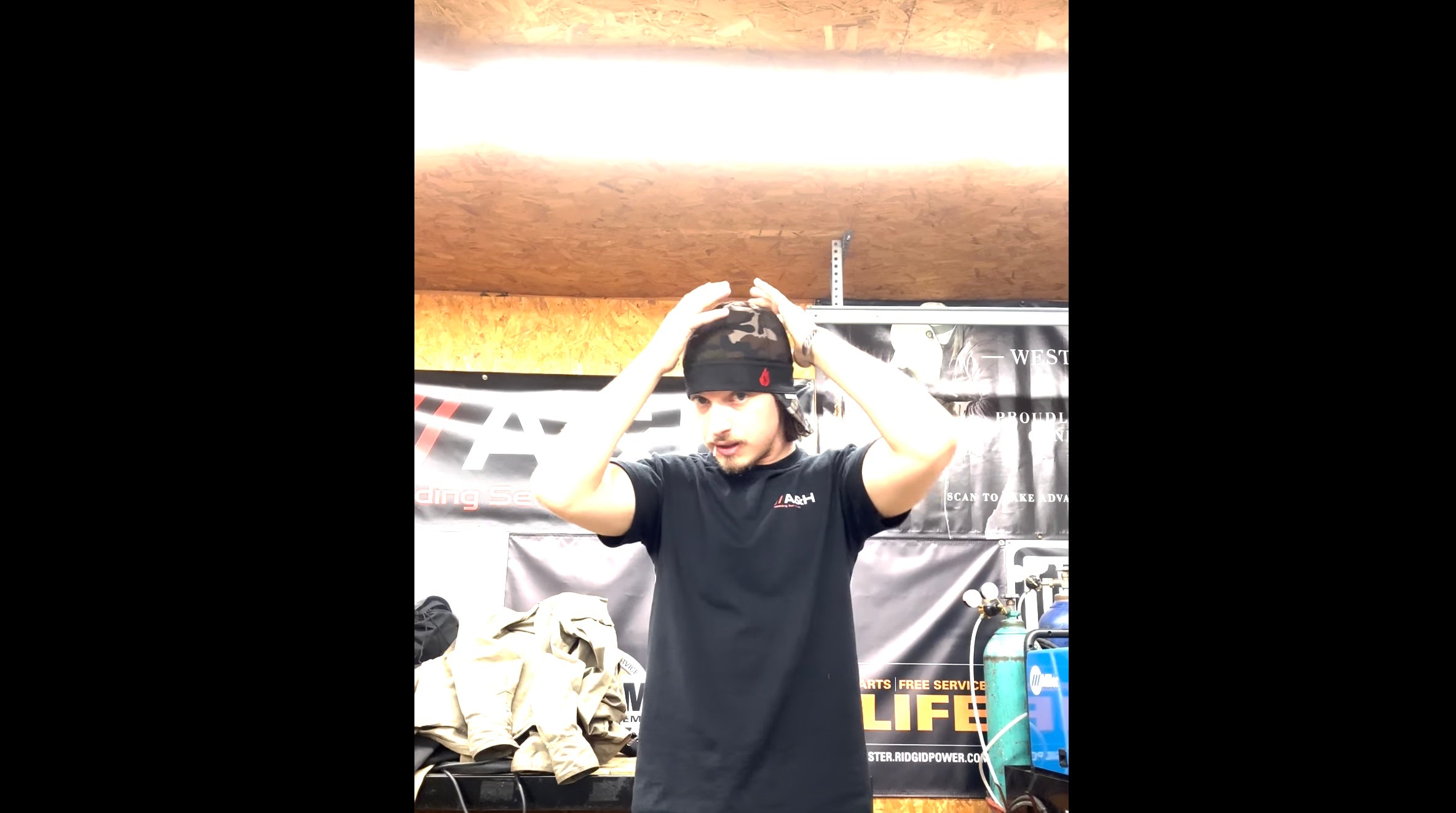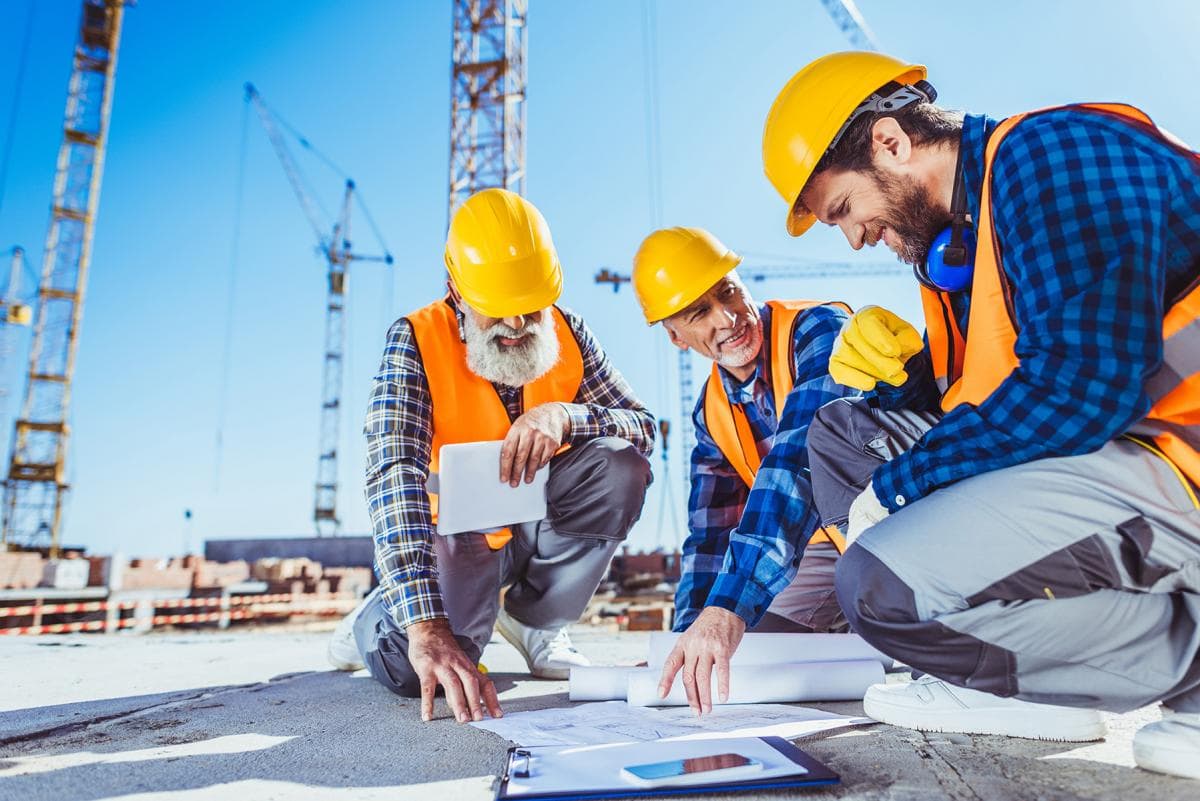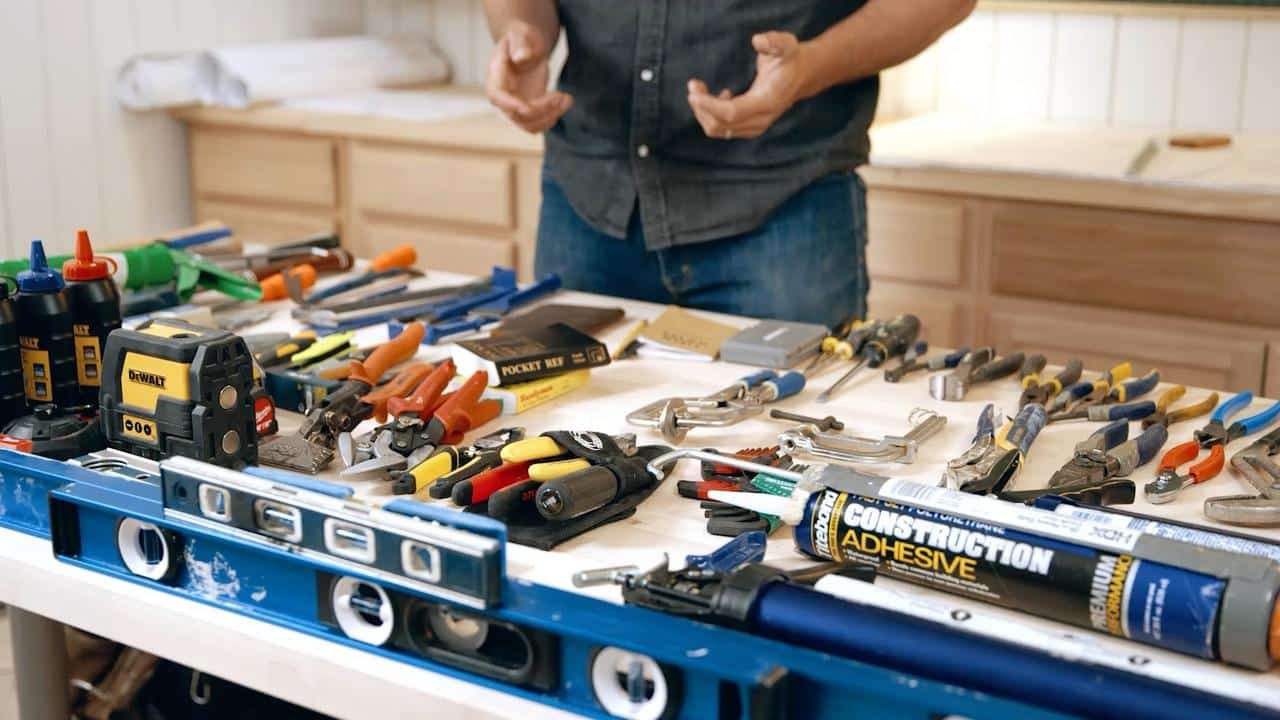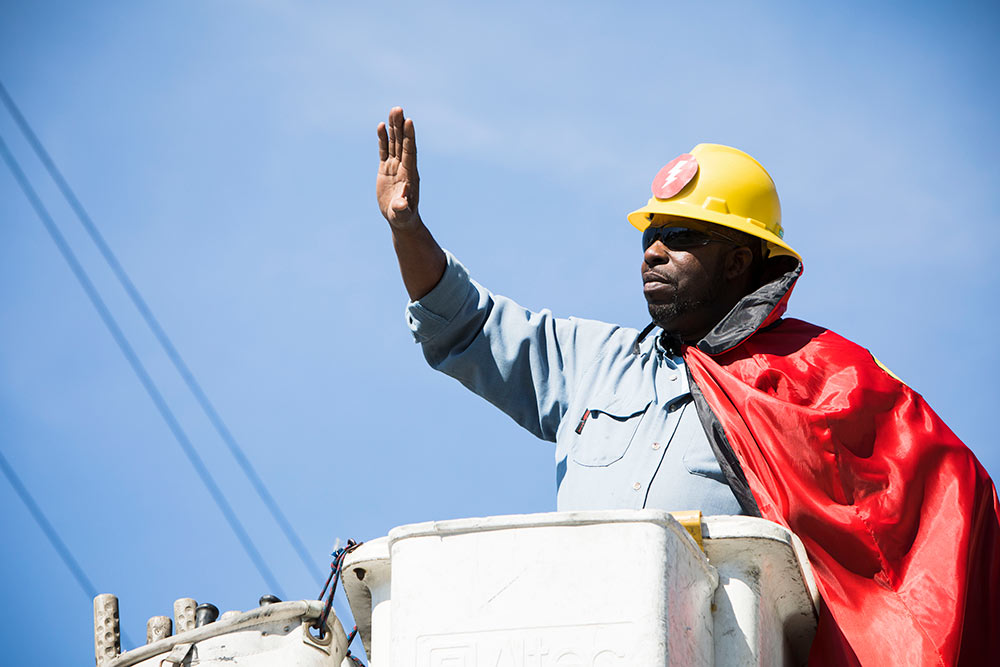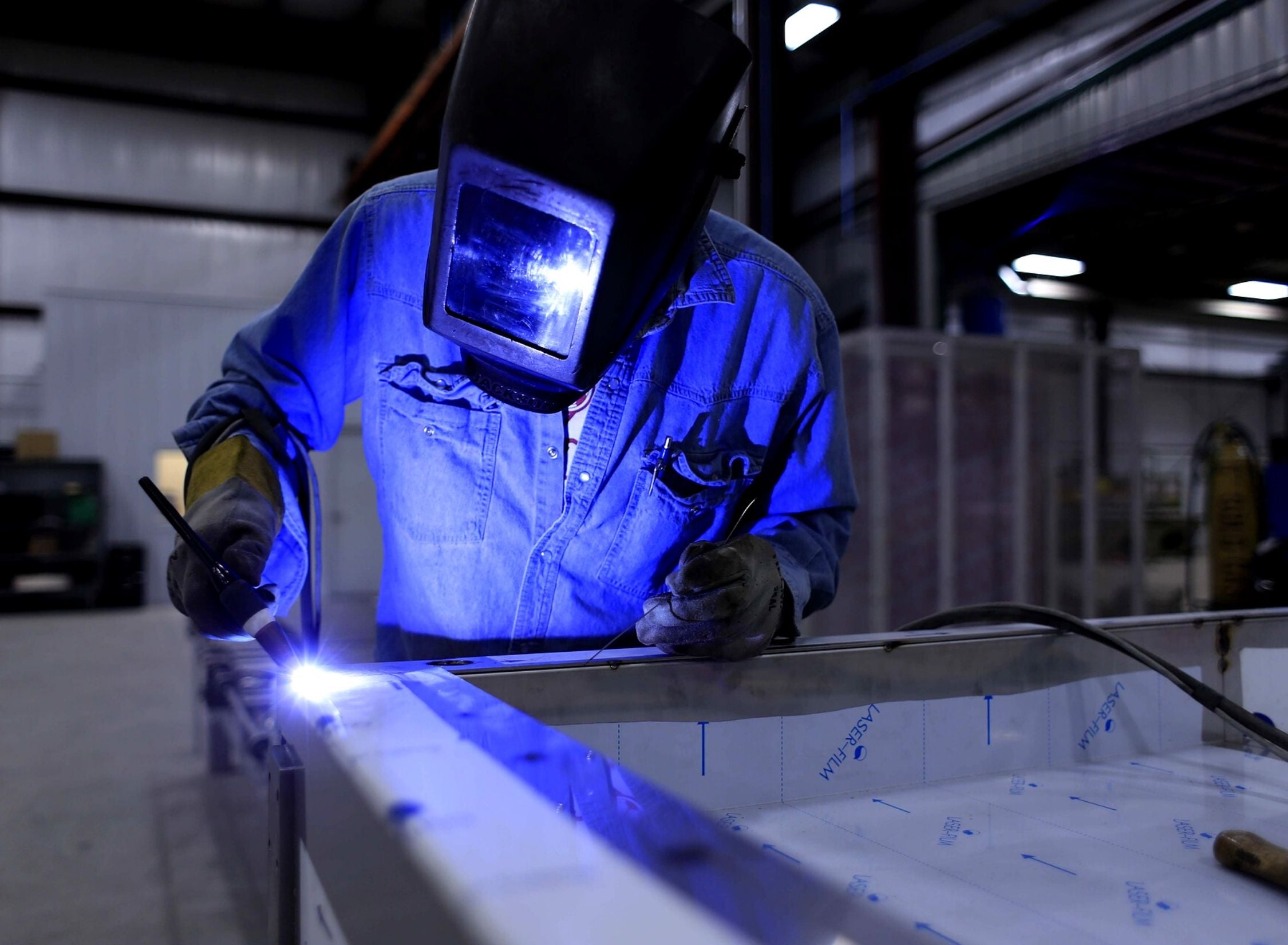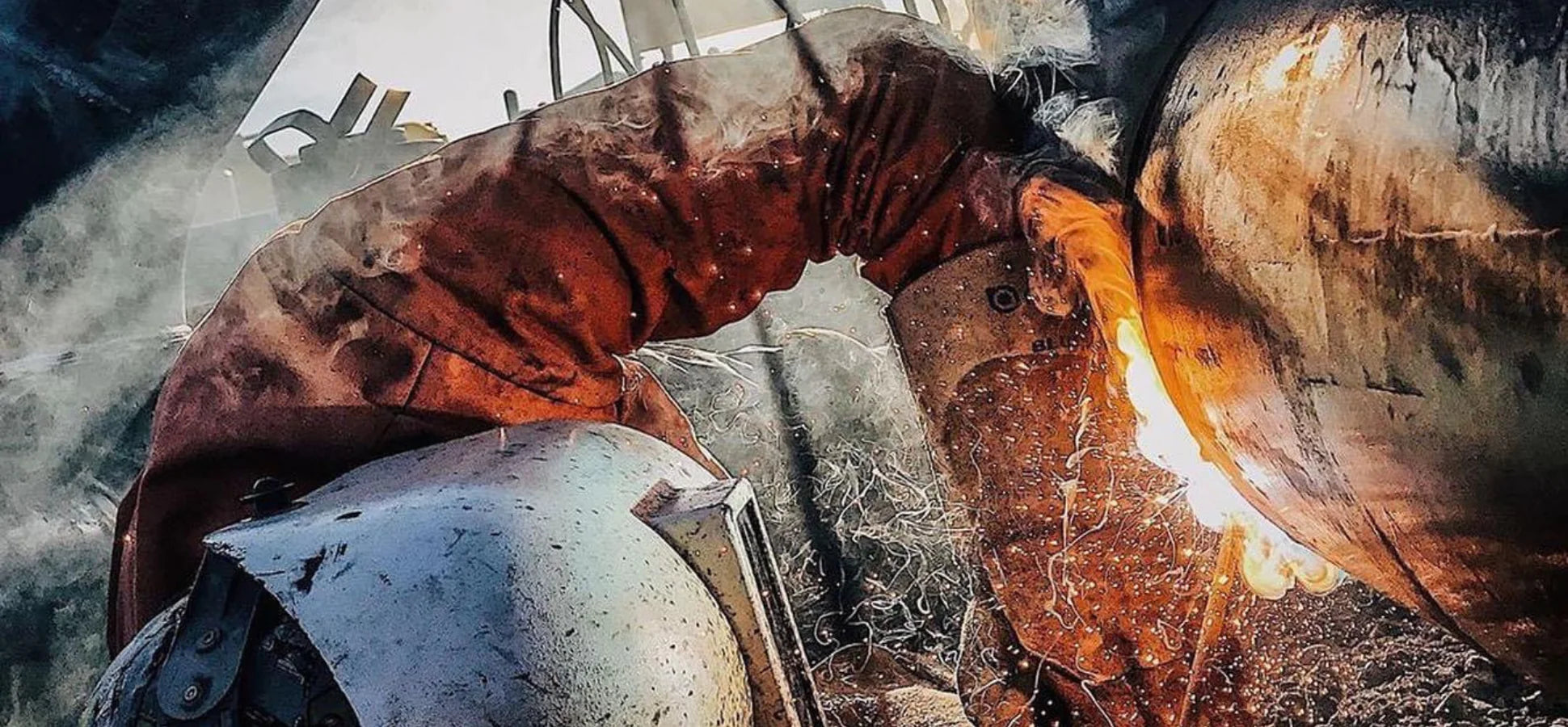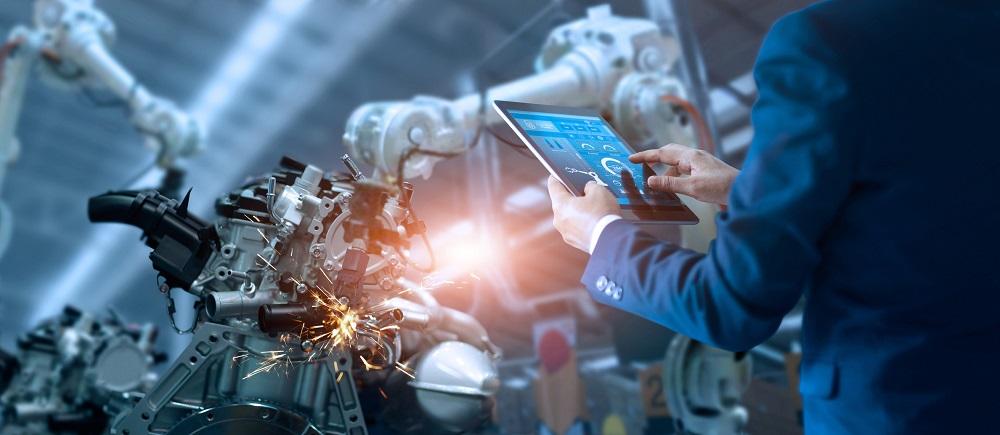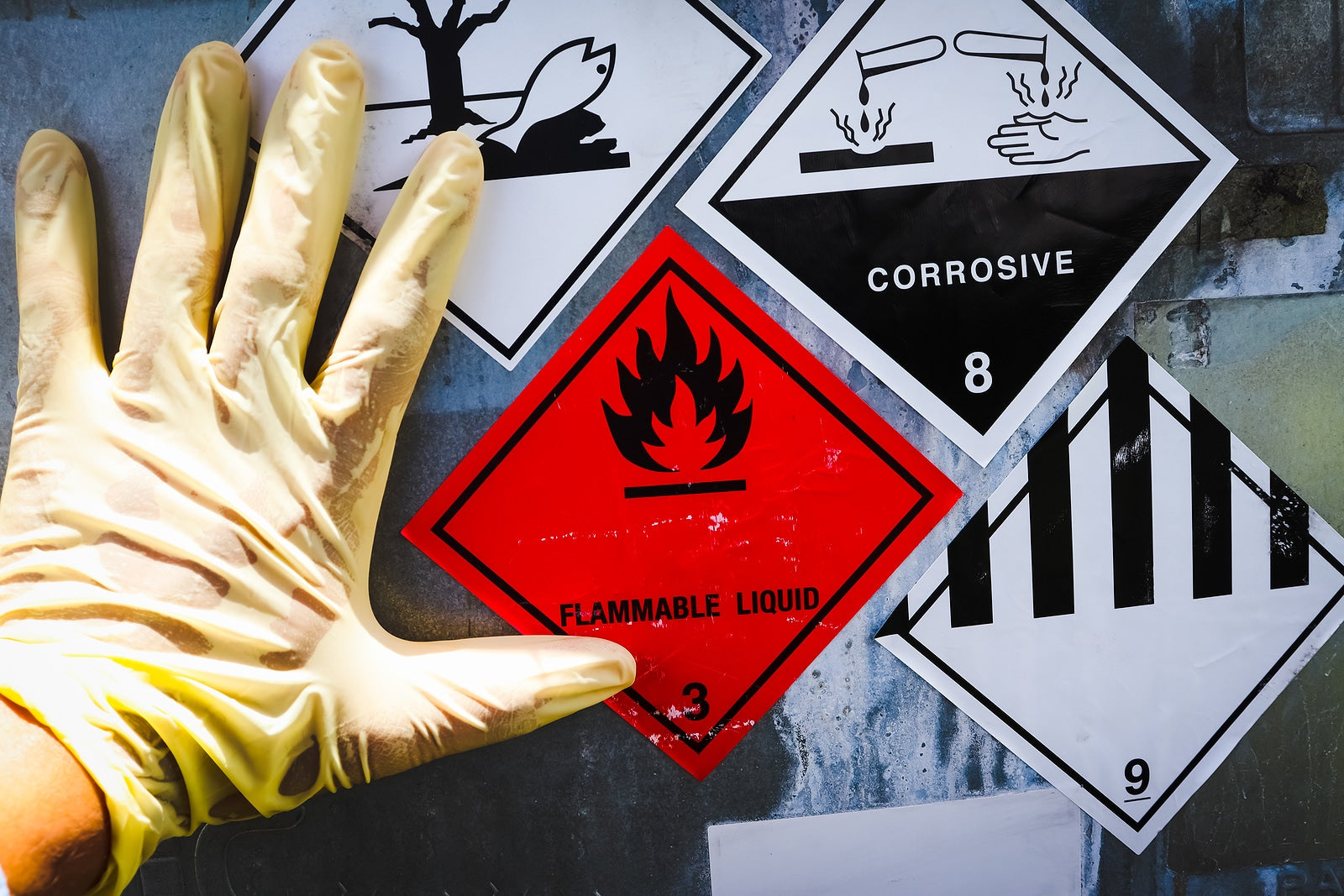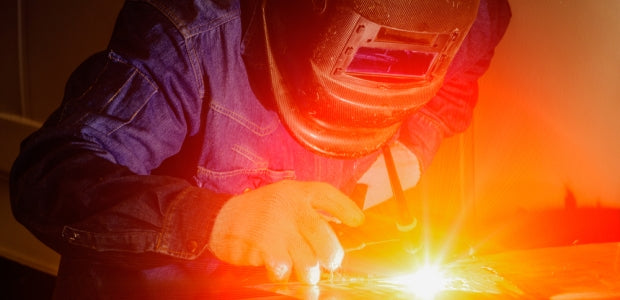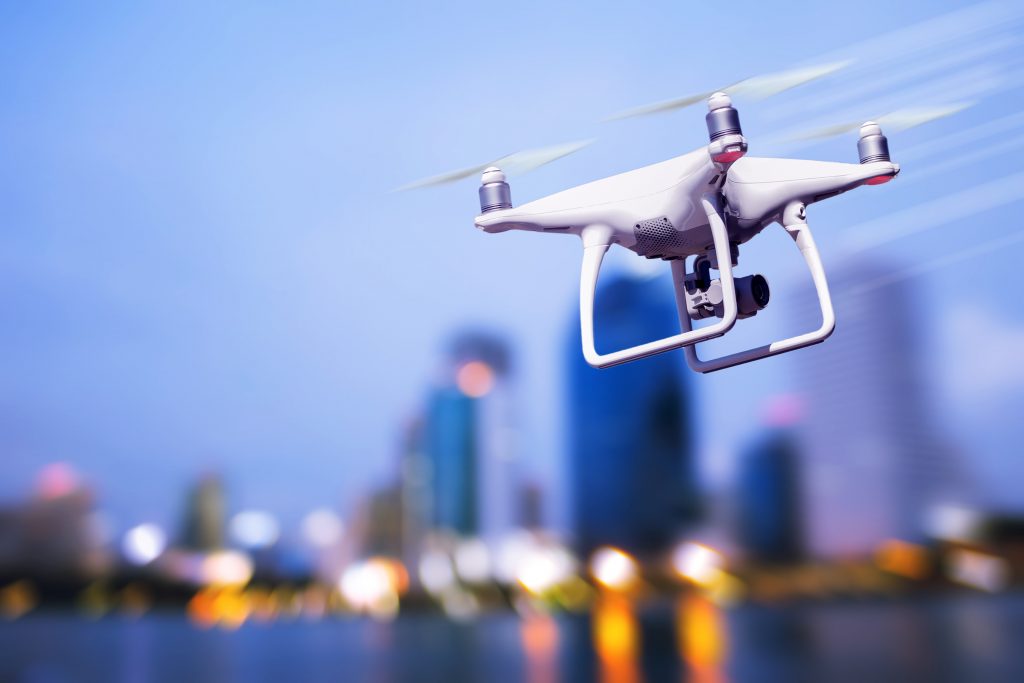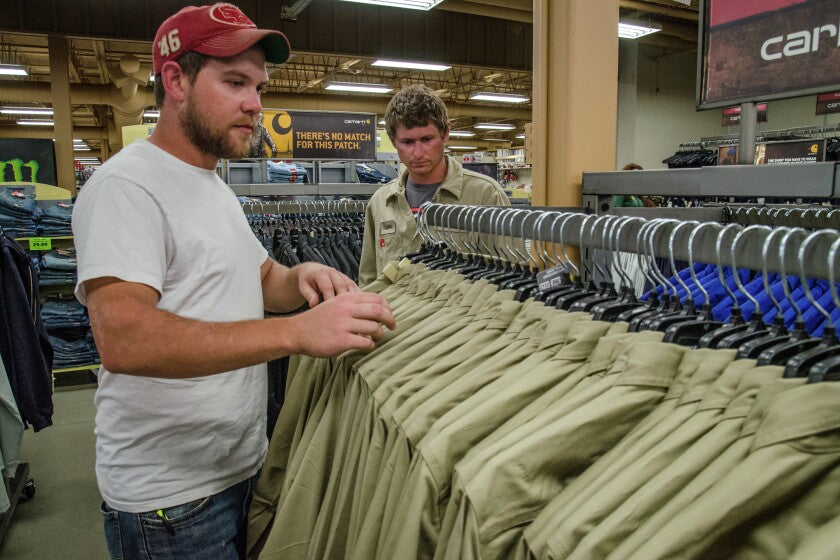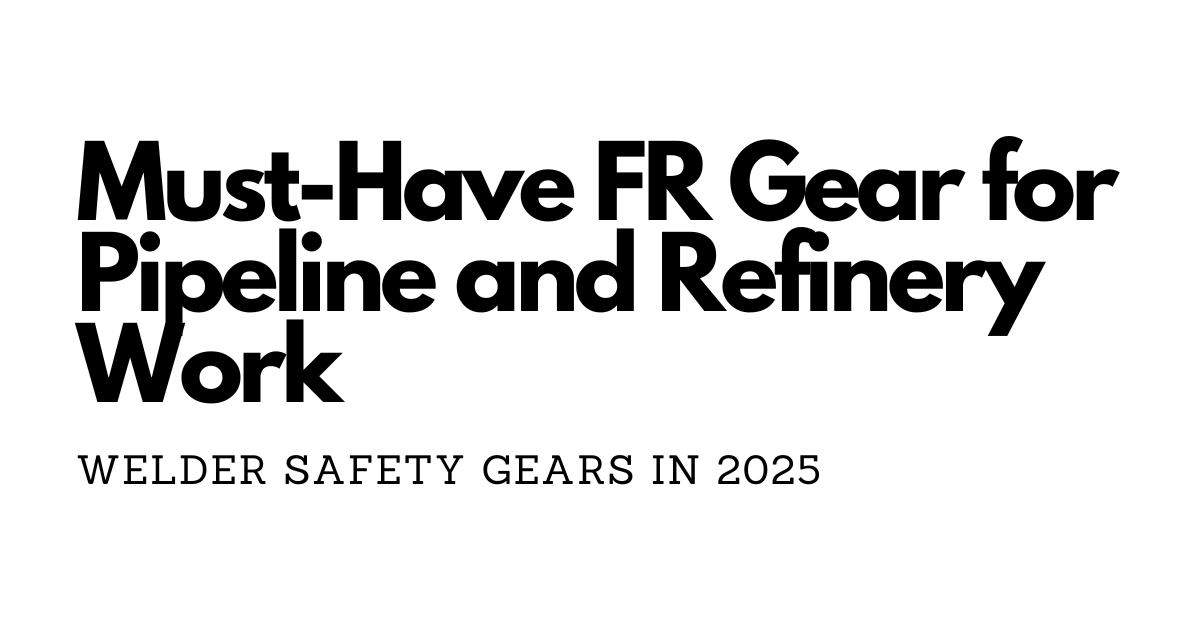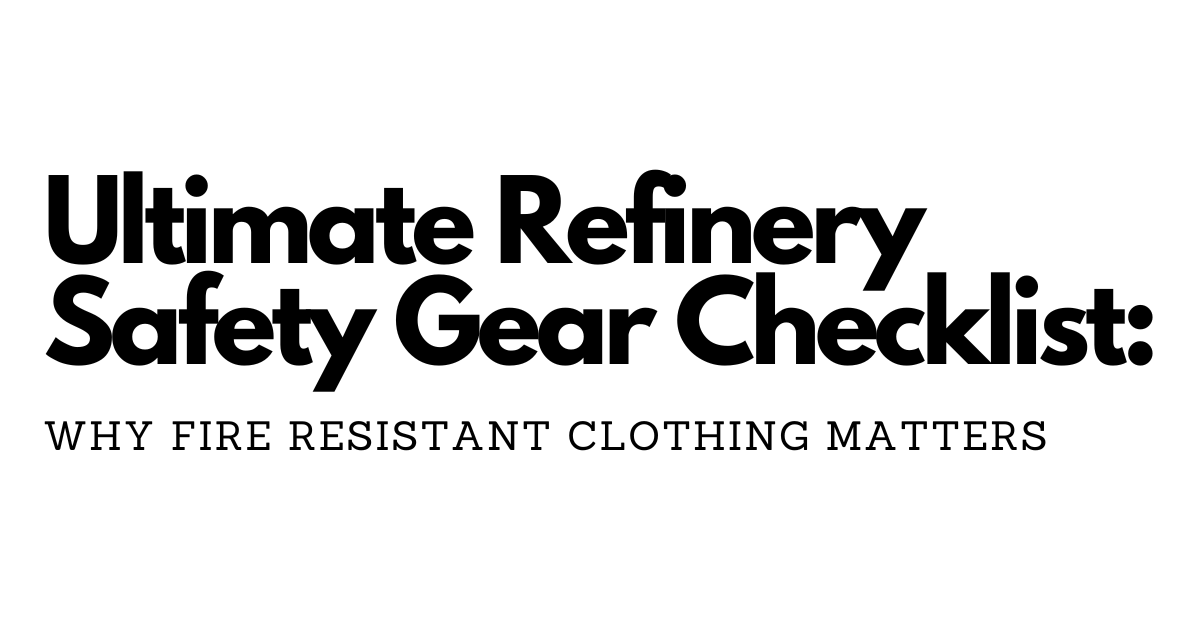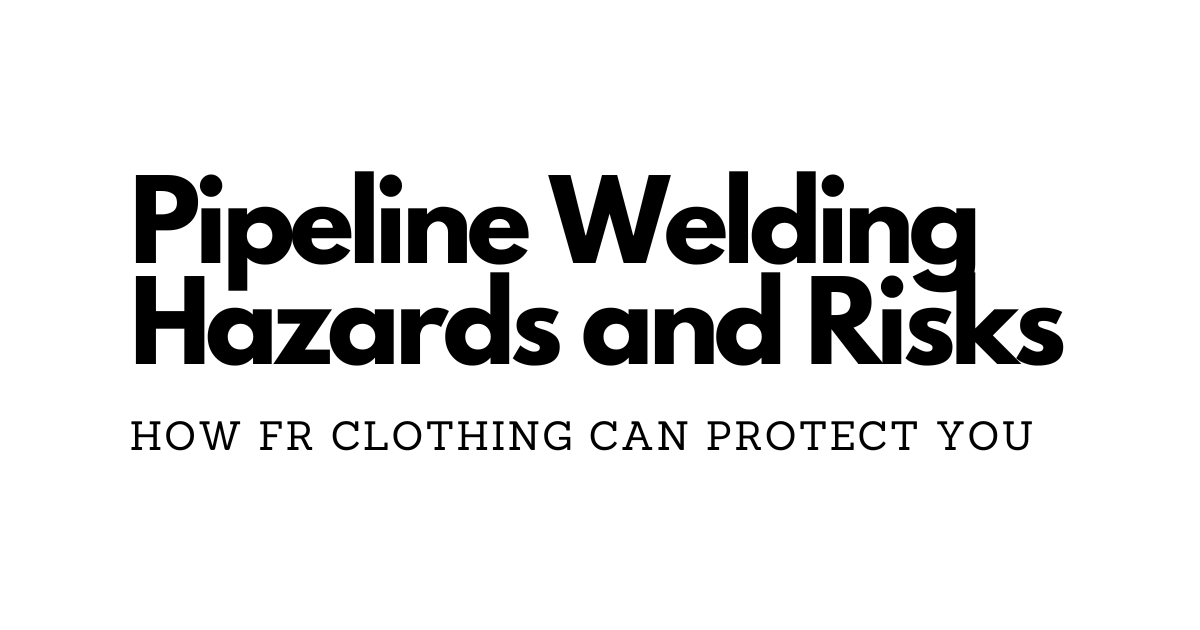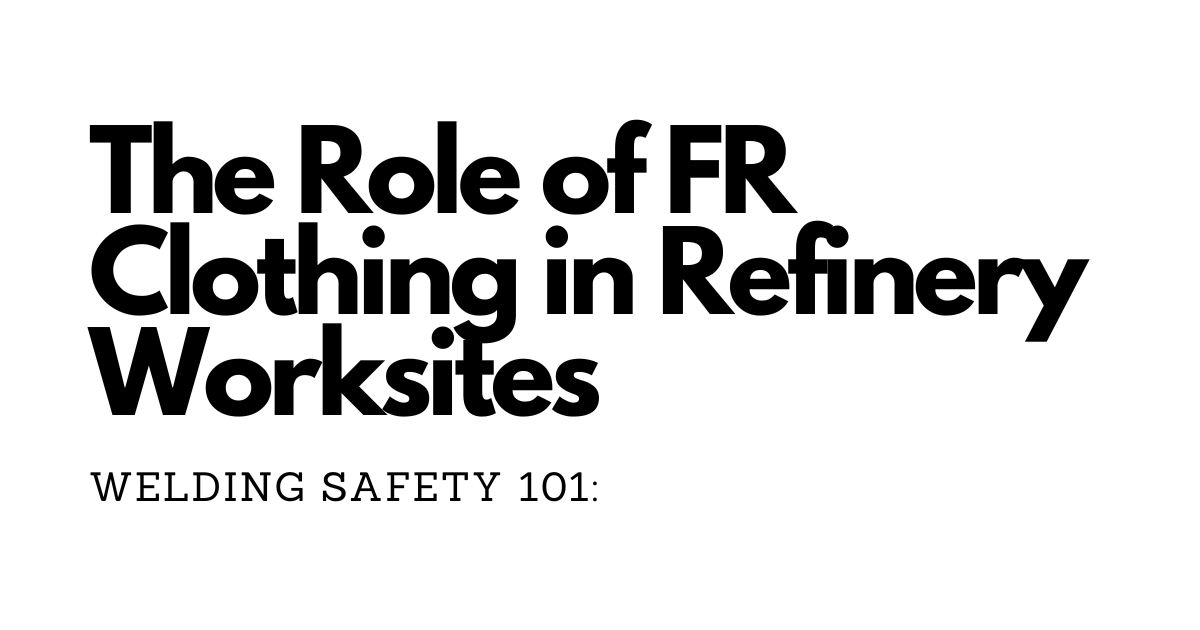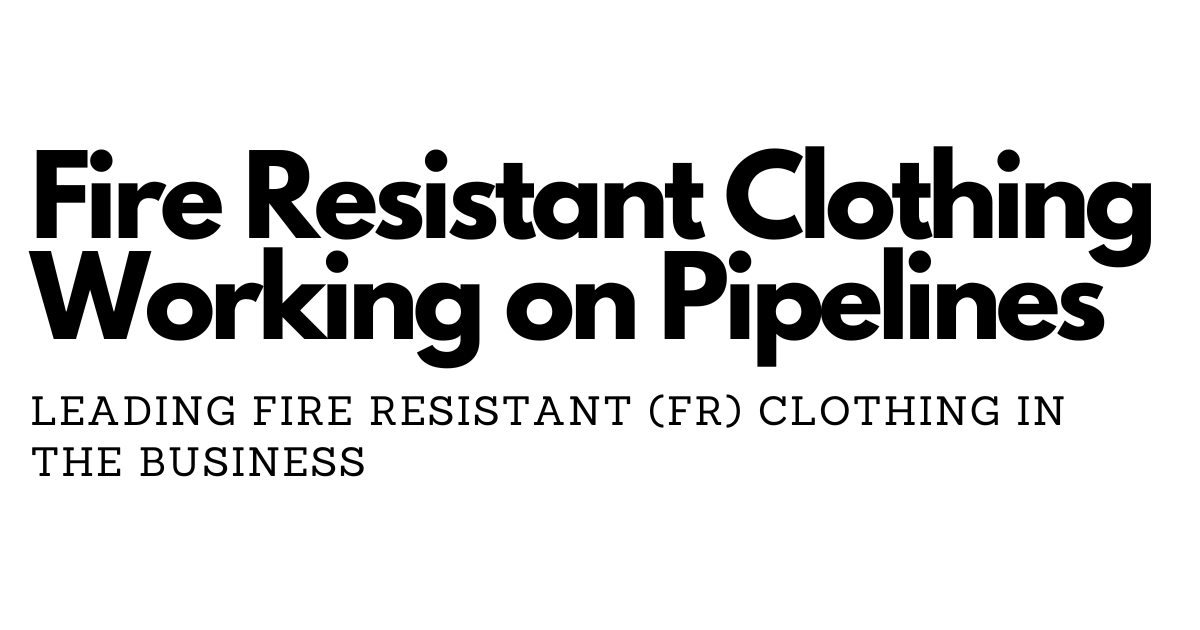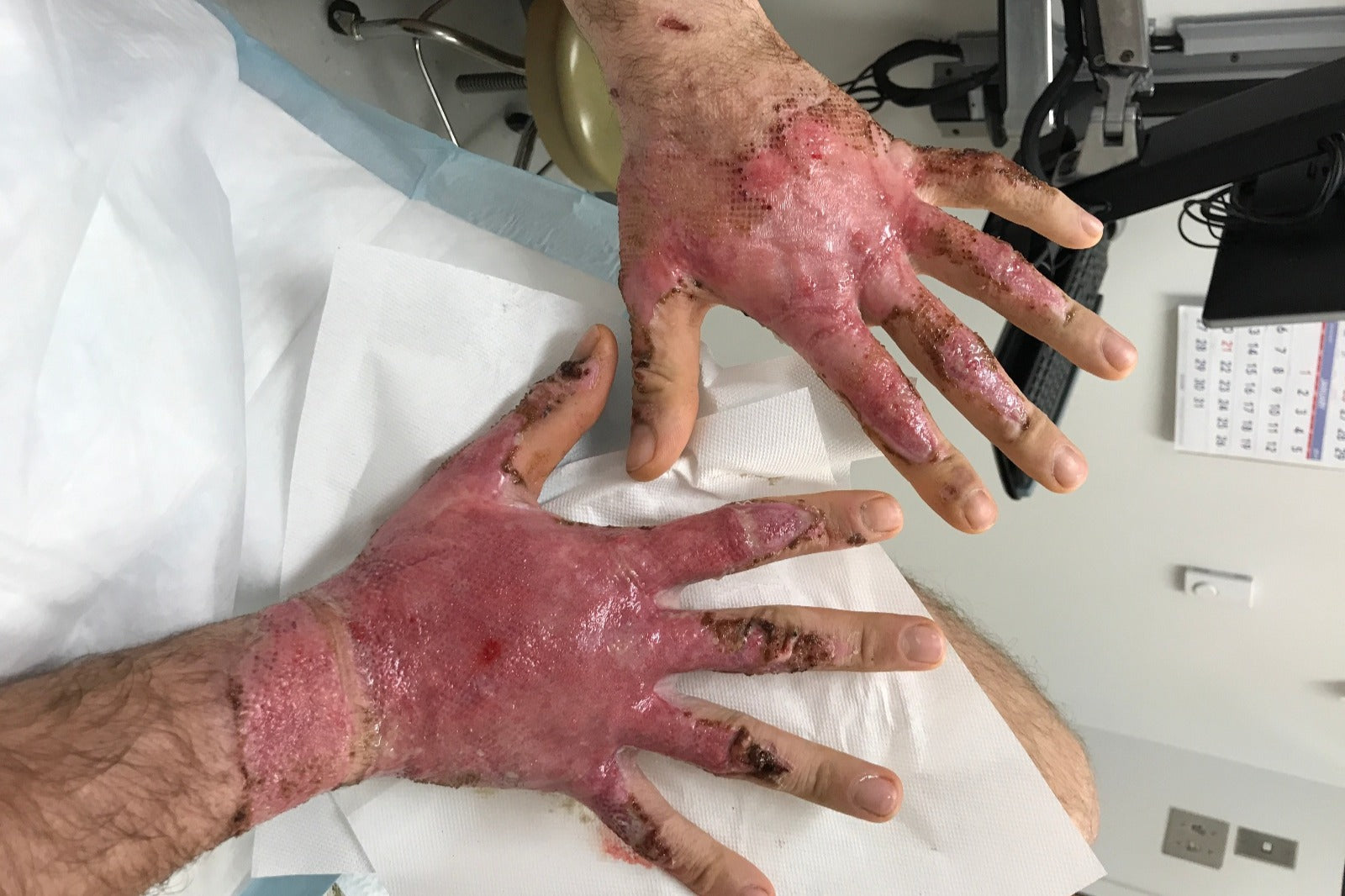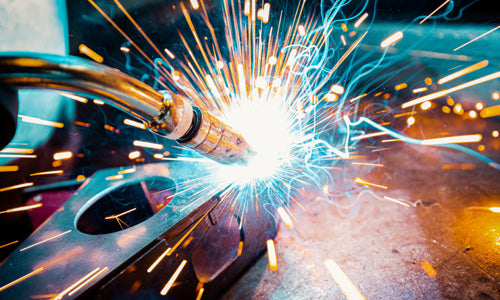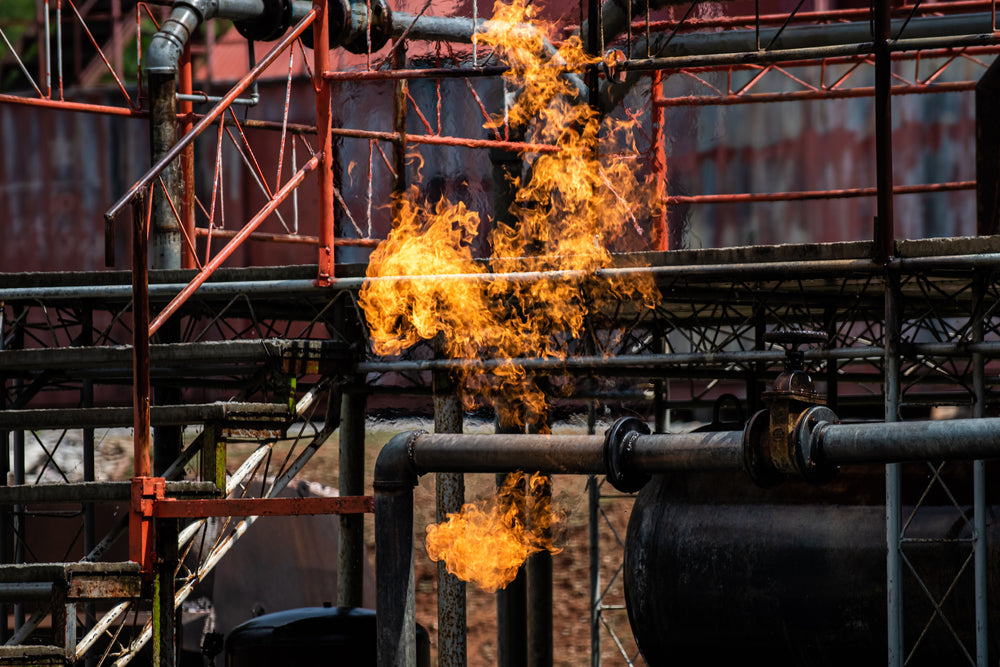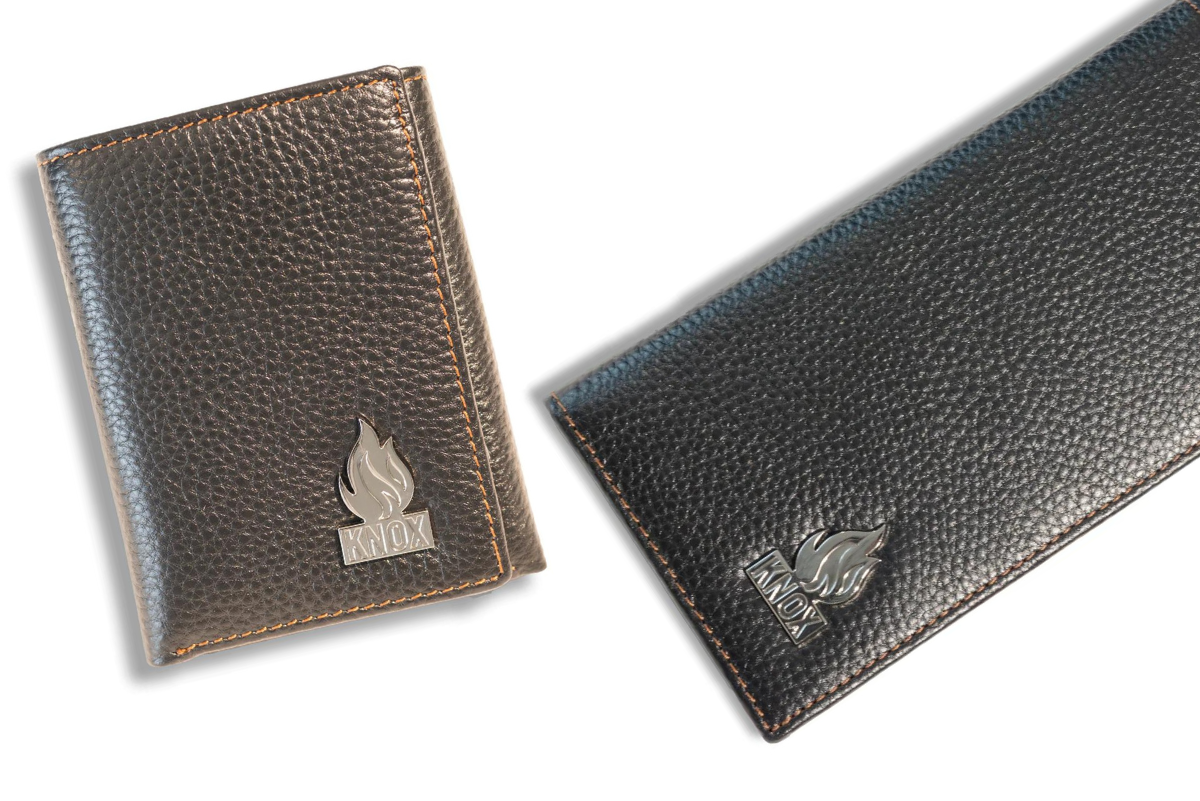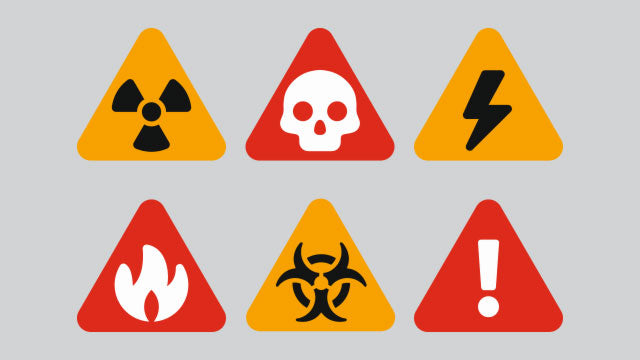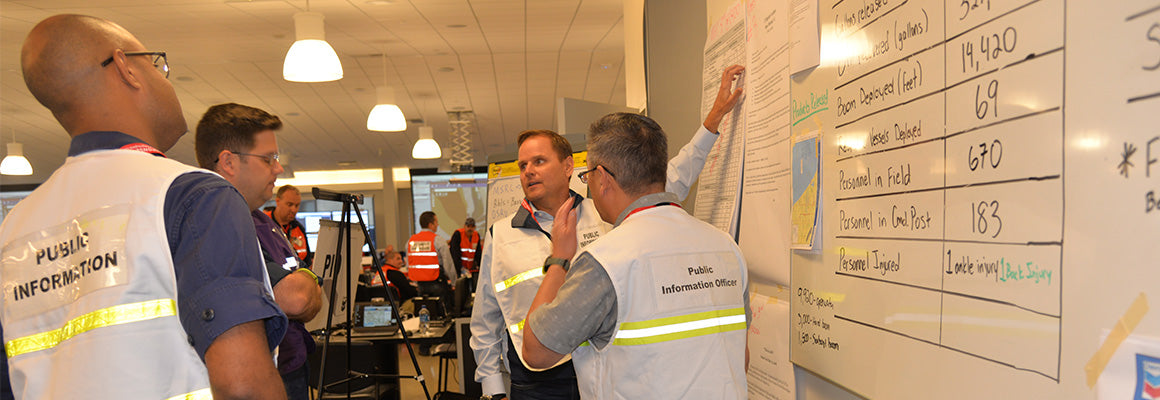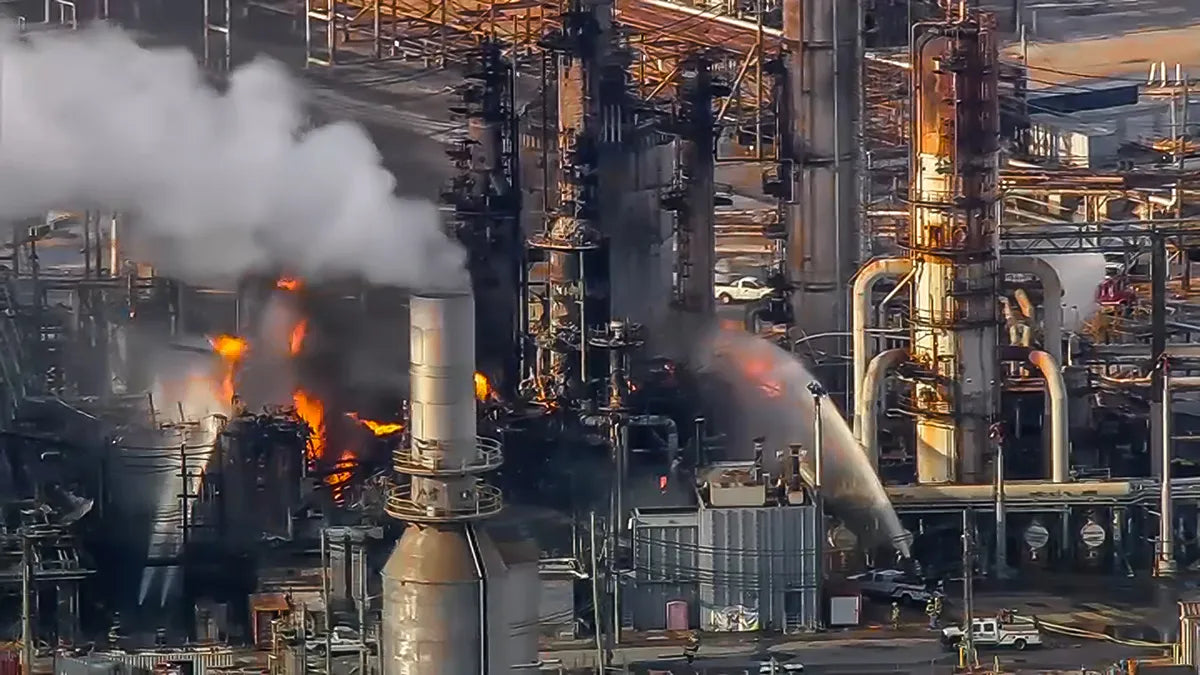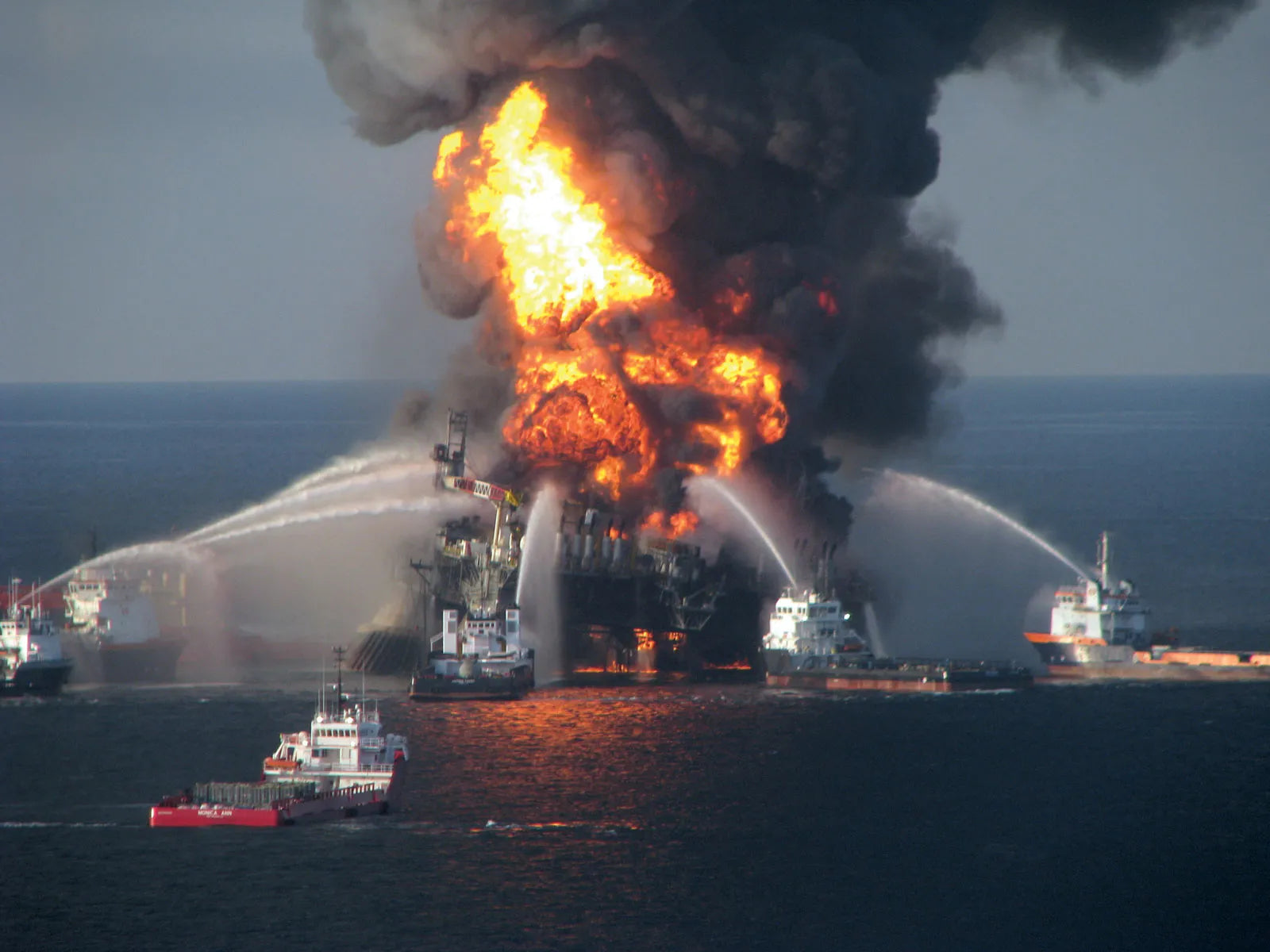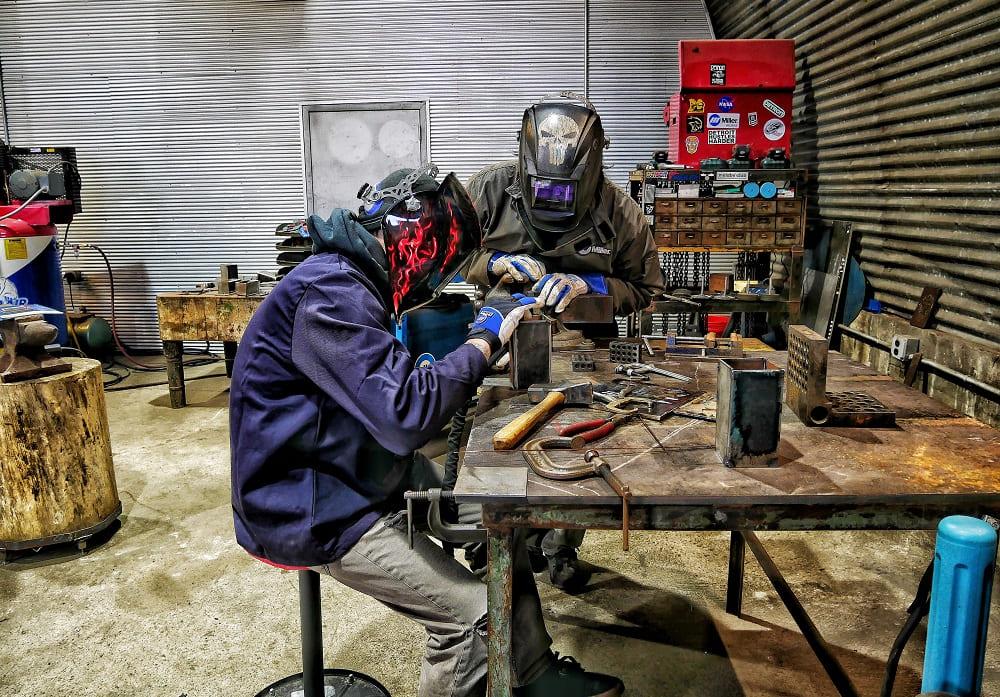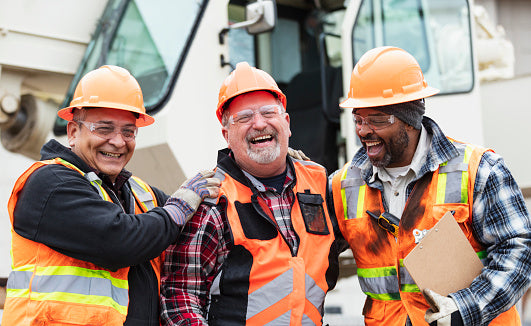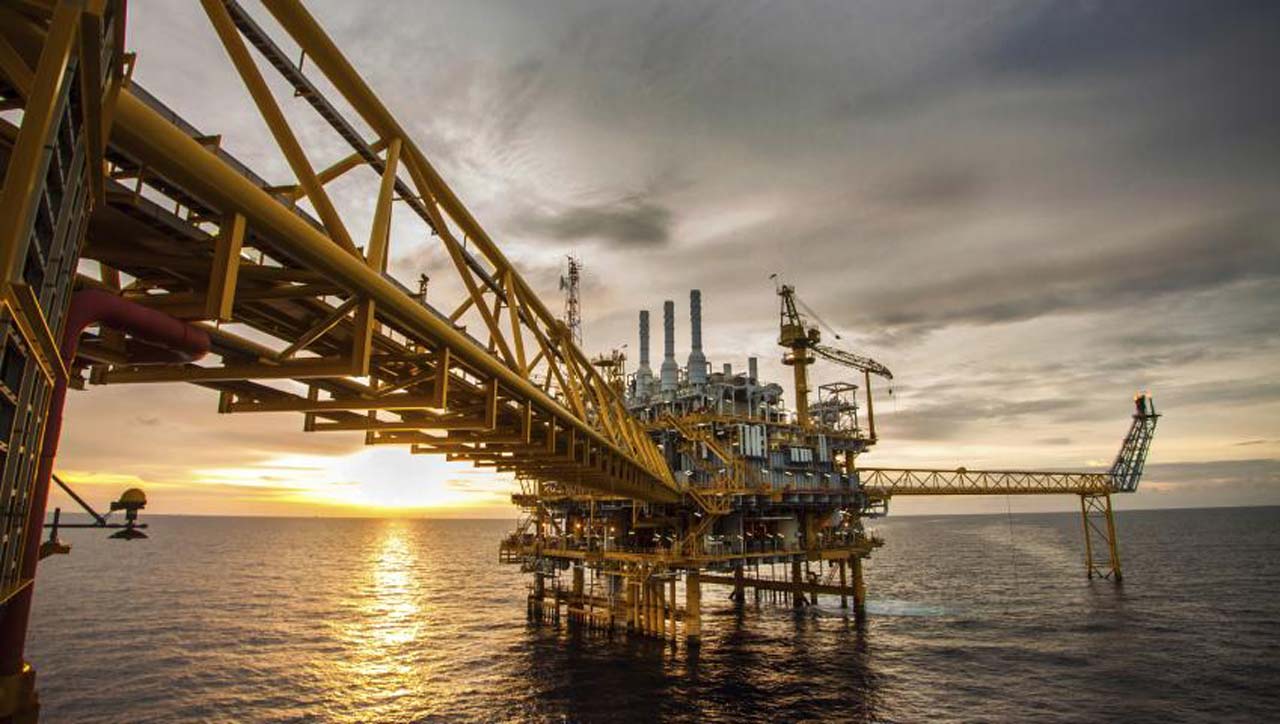

Construction site accidents result in thousands of deaths and injuries each year. While it may be impossible to control all conditions at a construction site, owners, operators, and employees can take steps to prevent accidents at construction sites. Here are preventive measures to take in order to decrease potential accidents.
1. Always use safety gear: Because construction site accidents occur even though safety measures are in place, it is important to wear safety gear (personal protection equipment). Basic safety gear for most building construction sites includes hard hats, steel-toed boots, hearing protection, fire resistant clothing, eye protection, and harnesses. In some cases, it may also be necessary to wear masks and gloves.
2. Maintain your equipment: Equipment accidents are common on construction sites. Proper equipment maintenance can reduce the risk of accidents involving equipment.
3. Follow safety protocols: Develop safety protocols and require all employees to follow those protocols when on the construction site. Periodically review safety protocols and revise them as necessary to improve safety.

4. Schedule regular safety meetings for evaluation: Safety meetings are an opportunity to review various safety protocols and ensure that new employees are aware of safety measures. Team leaders and supervisors can be kept up-to-date on any changes and can suggest changes based on events on the job site.
5. Take regular breaks: Regular breaks and lunch breaks should be enforced. Some employees may want to work through breaks or lunch to shorten the workday or earn overtime. However, fatigue and failure to hydrate can increase the risk of construction site accidents.
6. Identify warning signs, immediately: There should be sufficient signage to warn of dangers and hazards on a construction site. Signs should be clear and accompanied by ropes, cones, and other equipment to cordon off dangerous areas.
7. Job-site regular inspections: Supervisors, safety teams, or other leaders should conduct worksite inspections daily to identify any potential dangers or hazards. Dangers and hazards should be eliminated or addressed immediately.
8. Provide safety training for employees: Employees should be required to complete a safety training course before beginning work. Ongoing safety training and refresher courses for existing workers can help prevent construction accidents.
9. Proper material handling and storage: Some materials on a building construction site can pose hazards and dangers. Supplies should be stored and secured according to proper safety measures.
10. Fall Protection planning and practice: Falls are one of the most common causes of injury and death on construction sites. Fall protection protocols and fall protection equipment should be mandatory for all employees.
